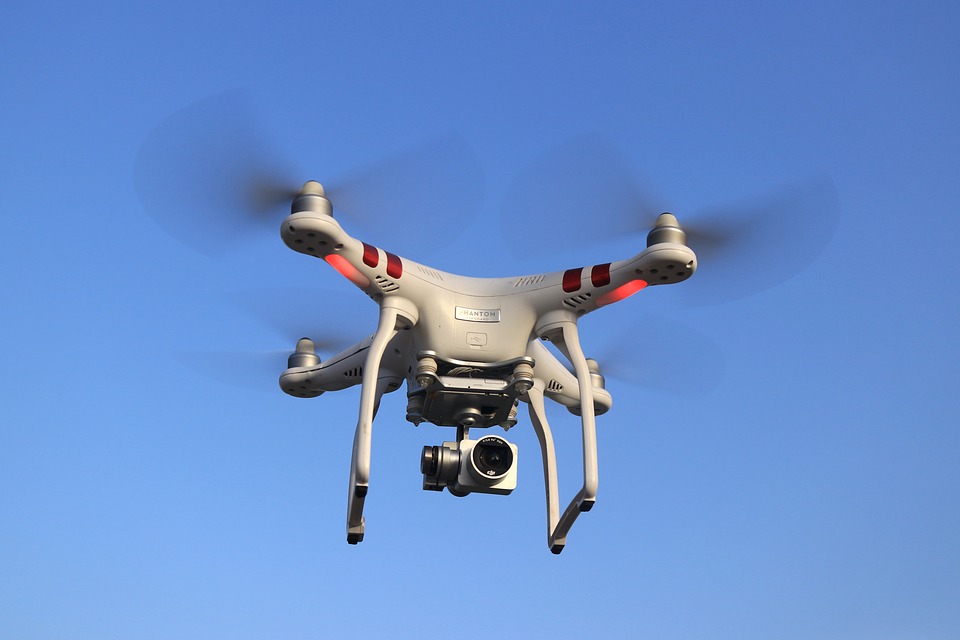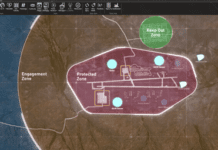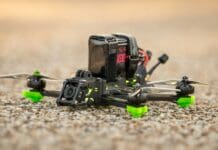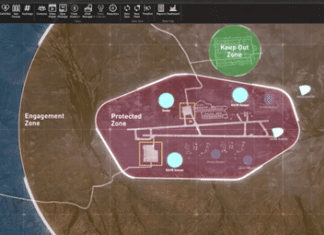This post is also available in:
 עברית (Hebrew)
עברית (Hebrew)
Today’s drones use onboard computer systems with the assistance of GPS to navigate a and reach their destination. However, most drones are blind to their surroundings due to lack of situational awareness in outdoor applications. Similarly, to date, drones have been unable to maneuver in buildings where GPS is denied.
A new guidance system for use on drones and other autonomous applications has been exposed: The patent-pending OleaVision360 is an innovative sensor that can continuously scan the drone’s surroundings and the terrain below using only one ultra-light weight sensor housed in a 100 mm (4-inch square) device.
The solution is especially significant for remote inspections in the mining, construction, engineering, agriculture and environmental industries when needing to view from a specific distance or height in order to avoid compromising the existing equipment and sensors already integrated in drones. Additionally, the system is robust enough to function in harsh or challenging environments including dust, rain, snow and in total darkness without the assistance of any lighting.
The system provides extensive situational awareness with a hemispherical field of view (front, back, sides, below and/or above) without the use of rotors or beam-forming technologies. This single, low-cost obstacle avoidance sensor allows the drone to fly around obstacles in front or behind it with one-centimeter accuracy and a detection range of 20 meters (65 feet). Equipped with this technology, a drone can accurately sense the terrain below it, offering true terrain following precision landing assistance without compromising effectiveness. Thanks to Olea’s proprietary technology OleaVision360 can discriminate between animated versus in-animate objects.
When used for guidance systems, the technology provides a substantial advancement in capability for autonomous applications in flight, robotic, industrial and automotive applications, according to finance.yahoo.com.


























